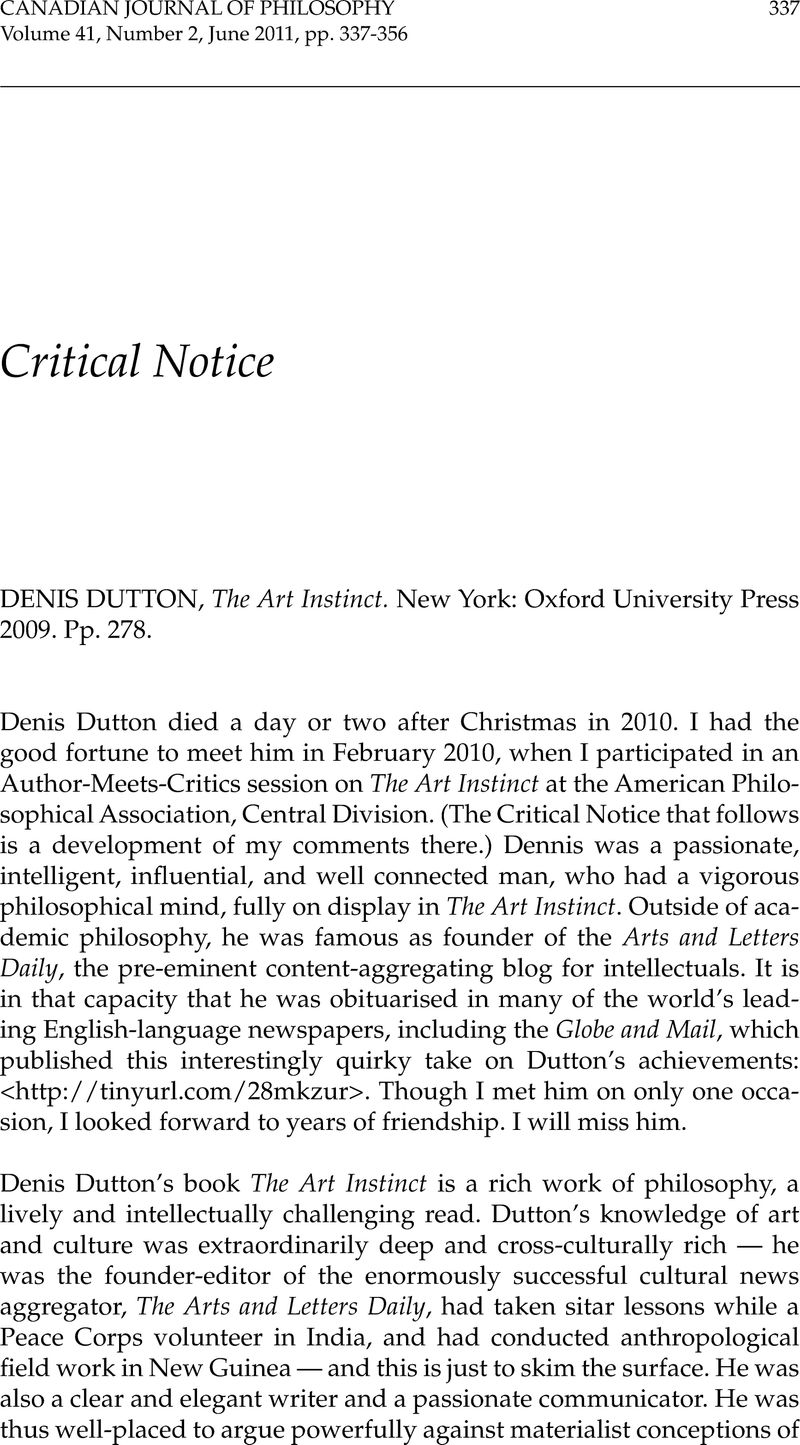Crossref Citations
This article has been cited by the following publications. This list is generated based on data provided by Crossref.
Maes, Hans
2013.
Pornographic Art and the Aesthetics of Pornography.
p.
1.



